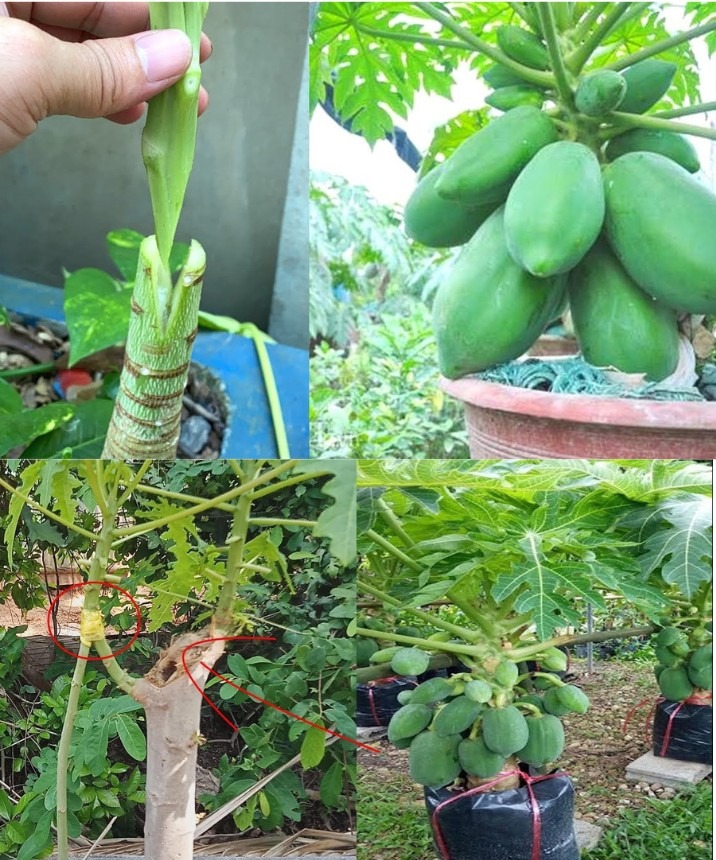Papaya is a delicious and nutritious tropical fruit widely grown in warm regions around the world. For papaya cultivation enthusiasts, grafting offers an exciting way to improve plant health, increase production, and experiment with different varieties. Here, we explore some advanced papaya grafting techniques that will help take your garden to the next level.
- Bud Grafting: Enhancing Desired Traits
Bud grafting is a popular technique involving the union of a healthy bud from a desired papaya variety with an established rootstock. This technique allows for the propagation of specific characteristics of the selected variety, such as disease resistance, fruit size, or pulp quality. With care and precision, the bud is placed into an incision on the rootstock and secured in place with grafting tape. The result is a papaya plant that combines the best of both varieties.
- Patch Grafting: Creating Unique Hybrid Plants
Patch grafting is another effective technique for creating unique hybrid plants with specific characteristics. In this method, a healthy patch from the desired variety is selected and joined to a rootstock through careful incision. The patch is positioned in place and secured with grafting tape, allowing the genetic characteristics of the selected variety to be transmitted to the new plant.
- Slit Grafting: Joining Different Varieties
Slit grafting is a versatile technique that allows for the joining of papaya plants from different varieties. An incision is made on the rootstock, and a stem or part of the desired variety plant is inserted into the slit. Carefully, the grafted part is secured in place, creating a solid union between the two plants. This technique is ideal for experimenting with different variety combinations and maximizing diversity in your garden.
- Thread Grafting: Innovation in Plant Union
Thread grafting is an innovative technique that uses plastic thread to join two papaya plants. An incision is made on the stem of the rootstock, and the stem of the grafted plant is inserted. Then, the thread is carefully wrapped around the plants to keep them together until union occurs. This technique is especially useful for young or delicate plants that require additional support during the grafting process.
- T-Budding: For Plants with Different Stem Diameters
T-budding is an effective technique for joining papaya plants with different stem diameters. A T-shaped cut is made on the rootstock stem, and the stem of the grafted plant is inserted into the opening. Carefully, the graft is secured in place with grafting tape or a clamp. This technique is ideal for ensuring a solid union between the plants and promoting healthy growth.
In conclusion, papaya grafting offers a variety of advanced techniques that can be adapted to different needs and growing conditions. Whether you want to improve the health of your plants, increase production, or experiment with new varieties, grafting provides the opportunity to take your garden to the next level. With a little practice and patience, you can create unique and vibrant plants that will delight you with delicious fruits throughout the season.
